US secret unit had struck Syria’s Tabqa Dam on ‘no-strike list’: NYT
A top secret U.S. Special Operations unit called Task Force 9 had struck Syria’s Tabqa Dam in 2017 despite it being on ‘no-strike list’.
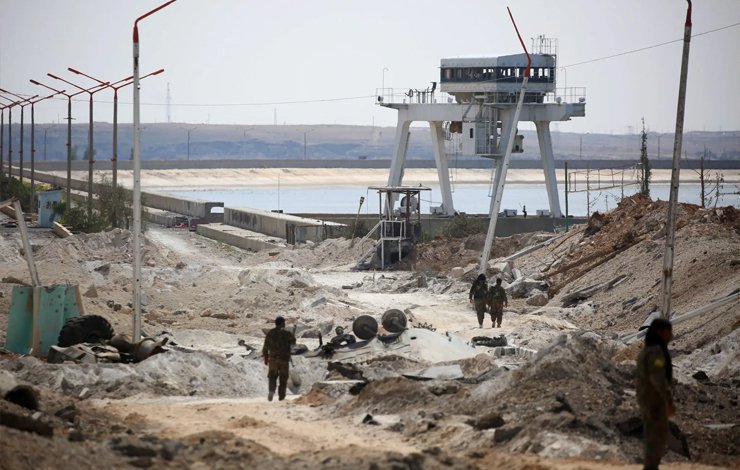
The members of a top secret U.S. Special Operations unit called Task Force 9 had struck Syria’s Tabqa Dam in 2017 using some of the largest conventional bombs including the BLU-109 bunker-buster bomb despite it being on the ‘no-strike list’ during the war against the Islamic State, New York Times (NYT) reported.
The bombing had been done despite a military report warning not to bomb the dam because the damage could cause a flood that might kill tens of thousands of civilians.
Some of the largest conventional bombs in the U.S. arsenal, including at least one BLU-109 bunker-buster bomb designed to destroy thick concrete structures, were used in the bombing, two former senior officials told NYT.
Near the height of the war against the Islamic State in Syria, a sudden riot of explosions rocked the country’s largest dam, a towering, 18-story structure on the Euphrates River that held back a 25-mile-long reservoir above a valley where hundreds of thousands of people lived.
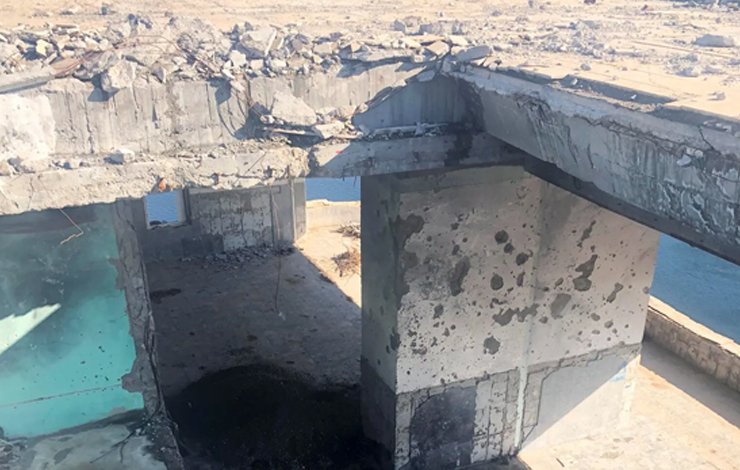
The Tabqa Dam was a strategic linchpin and the Islamic State controlled it.
The explosions on March 26, 2017, knocked dam workers to the ground and everything went dark.
Witnesses say one bomb punched down five floors. A fire spread, and crucial equipment failed. The mighty flow of the Euphrates River suddenly had no way through, the reservoir began to rise, and local authorities used loudspeakers to warn people downstream to flee.
The Islamic State, the Syrian government and Russia blamed the United States, but the dam was on the U.S. military’s “no-strike list” of protected civilian sites and the commander of the U.S. offensive at the time, then-Lt. Gen. Stephen J. Townsend, said allegations of U.S. involvement were based on “crazy reporting.”
“The Tabqa Dam is not a coalition target,” he declared emphatically two days after the blasts.
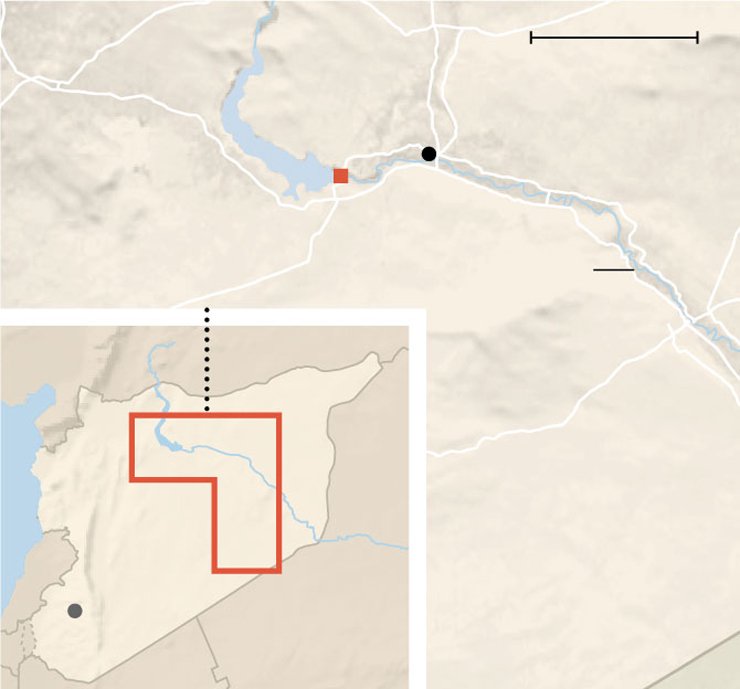
Given the dam’s protected status, the decision to strike it would normally have been made high up the chain of command. But the former officials said the task force used a procedural shortcut reserved for emergencies, allowing it to launch the attack without clearance.
Later, three workers who had rushed to the dam to prevent a disaster were killed in a different coalition airstrike, according to dam workers.
The two former officials, who spoke on the condition that they not be named because they were not authorized to discuss the strikes, said some officers overseeing the air war viewed the task force’s actions as reckless.
The revelation of Task Force 9’s role in the dam attack follows a pattern described by The New York Times: The unit routinely circumvented the rigorous airstrike approval process and hit Islamic State targets in Syria in a way that repeatedly put civilians at risk.
Even with careful planning, hitting a dam with such large bombs would likely have been seen by top leaders as unacceptably dangerous, said Scott F. Murray, a retired Air Force colonel, who planned airstrikes during air campaigns in Iraq, Afghanistan and Kosovo.
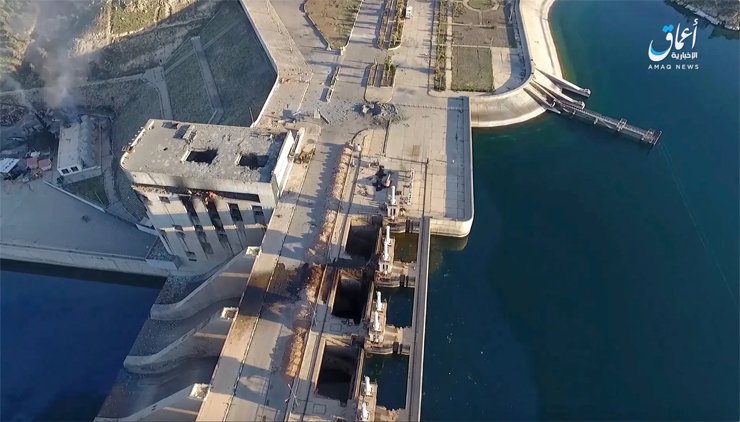
“Using a 2,000-pound bomb against a restricted target like a dam is extremely difficult and should have never been done on the fly,” he said. “Worst case, those munitions could have absolutely caused the dam to fail.”
After the strikes, dam workers stumbled on an ominous piece of good fortune: Five floors deep in the dam’s control tower, an American BLU-109 bunker-buster lay on its side, scorched but intact — a dud. If it had exploded, experts say, the whole dam might have failed.
In response to questions from The Times, U.S. Central Command, which oversaw the air war in Syria, acknowledged dropping three 2,000-pound bombs, but denied targeting the dam or sidestepping procedures.
A spokesman said that the bombs hit only the towers attached to the dam, not the dam itself, and while top leaders had not been notified beforehand, limited strikes on the towers had been preapproved by the command.
“Analysis had confirmed that strikes on the towers attached to the dam were not considered likely to cause structural damage to the Tabqa Dam itself,” Capt. Bill Urban, the chief spokesman for the command, said in the statement. Noting that the dam did not collapse, he added, “That analysis has proved accurate.”

“The mission, and the strikes that enabled it, helped return control of the intact Tabqa Dam to the people of Northeast Syria and prevented ISIS from weaponizing it,” Captain Urban said. “Had they been allowed to do so, our assessments at the time predicted that they would have inflicted further suffering on the people of Syria.”
But the two former officials, who were directly involved in the air war at the time, and Syrian witnesses interviewed by The Times, said the situation was far more dire than the U.S. military publicly claimed.
Critical equipment lay in ruins and the dam stopped functioning entirely. The reservoir quickly rose 50 feet and nearly spilled over the dam, which engineers said would have been catastrophic.
The situation grew so desperate that authorities at dams upstream in Turkey cut water flow into Syria to buy time, and sworn enemies in the yearslong conflict — the Islamic State, the Syrian government, Syrian Defense Forces and the United States — called a rare emergency cease-fire so civilian engineers could race to avert a disaster.
Engineers who worked at the dam, who did not want to be identified because they feared reprisal, said it was only through quick work, much of it made at gunpoint as opposing forces looked on, that the dam and the people living downstream of it were saved.
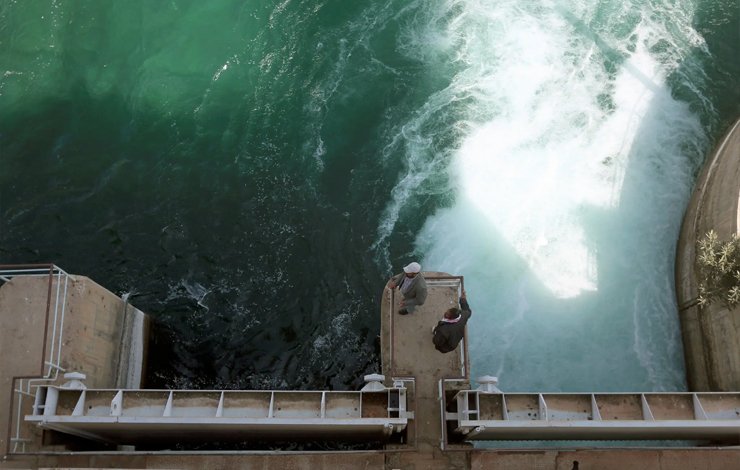
“The destruction would have been unimaginable,” a former director at the dam said. “The number of casualties would have exceeded the number of Syrians who have died throughout the war.”
According to the NYT report, the United States went into the war against the Islamic State in 2014 with targeting rules intended to protect civilians and spare critical infrastructure. Striking a dam, or other key civilian sites on the coalition’s “no-strike list,” required elaborate vetting and the approval of senior leaders.
But the Islamic State sought to exploit those rules, using civilian no-strike sites as weapons depots, command centers and fighting positions. That included the Tabqa Dam.
The task force’s solution to this problem too often was to set aside the rules intended to protect civilians, current and former military personnel said.
Soon, the task force was justifying the vast majority of its airstrikes using emergency self-defense procedures intended to save troops in life-threatening situations, even when no troops were in danger. That allowed it to quickly hit targets — including no-strike sites — that would have otherwise been off limits.
Rushed strikes on sites like schools, mosques and markets killed crowds of women and children, according to former service members, military documents obtained by The Times and reporting at sites of coalition airstrikes in Syria.
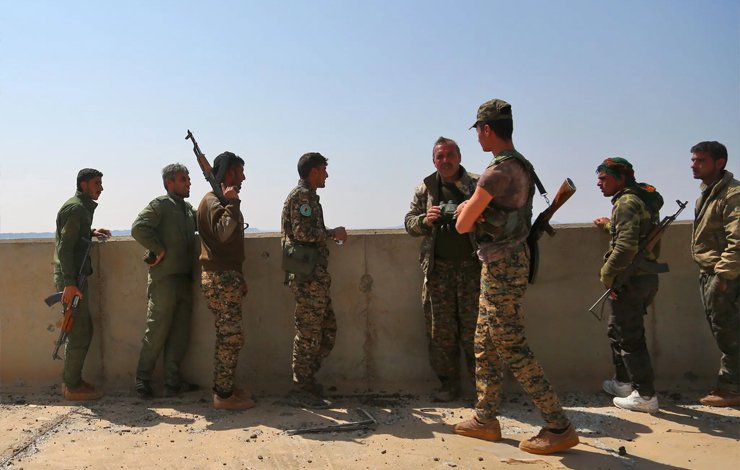
Perhaps no single incident shows the brazen use of self-defense rules and the potentially devastating costs more than the strike on the Tabqa Dam.
At the start of the war, the United States saw the dam as a key to victory. The Soviet-designed structure of earth and concrete stood 30 miles upstream from the Islamic State’s self-proclaimed capital, Raqqa, and whoever controlled the dam effectively controlled the city.
Rebel groups captured the dam in 2013, and the Islamic State took control during its violent expansion in 2014. For the next several years, the militants kept a small garrison in the dam’s towers, where the thick concrete walls and sweeping view created a ready-made fortress.
But it also remained a vital piece of civilian infrastructure. Workers at the dam continued to produce electricity for much of the region and regulate water for vast stretches of irrigated farmland.
In March 2017, when the United States and an international coalition launched an offensive to take the region from the Islamic State, they knew they would have to seize the dam to prevent the enemy from intentionally flooding allied forces downstream.
Task Force 9 was in charge of the ground offensive and had been devising ways to take the dam for months before the strike, according to one former official. The task force ordered a report from specialized engineers in the Defense Intelligence Agency’s Defense Resources and Infrastructure office to assess what size of bombs could safely be used in an attack.
The agency soon came back with a clear recommendation: Do not strike the dam.

In a presentation that ran about four pages, according to the two former officials, the engineers said small weapons like Hellfire missiles, which have 20-pound warheads, could be used on the earthen sections of the dam, but it was unsafe to use any bombs or missiles, no matter the size, on the concrete structures that controlled the flow of water.
The former officials said the report warned that a strike could cause a critical malfunction and a devastating flood that could kill tens of thousands of people.
The findings echoed a United Nations report from January 2017, which stated that if attacks on the dam caused it to fail, communities for more than 100 miles downstream would be flooded.
The military report was completed several weeks before the strike and sent to the task force, one former official said. But in the final week of March 2017, a team of task force operators on the ground decided to strike the dam anyway, using some of the biggest conventional bombs available.



